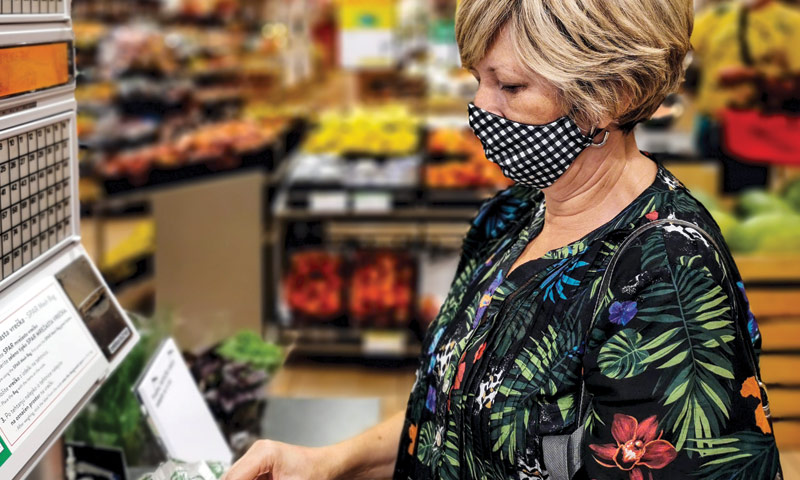While hunger is not a new issue in the U.S., the prevalence of COVID-19 has given us an alarming new look at just how fragile food security is for millions of Americans. According to the U.S. Department of Agriculture, 37 million people – including 6 million children – were living in food-insecure households in 2018. Since the start of the COVID-19 pandemic, an estimated additional 17 million people will face food insecurity in 2020—raising the total to a staggering 54 million Americans.
Amidst the COVID-19 pandemic, food-insecure households face significant hurdles. With mandated business closures, stay- in-place orders, and social distancing measures in place to limit the spread of the novel coronavirus, many individuals across the U.S. are unable to afford and obtain adequate, nutritious food— including those who were not considered food insecure just months earlier. The Pew Research Center recently reported the U.S. unemployment rate grew from 3.8 percent in February to 13 percent in May 2020. According to the U.S. Department of Agriculture, 37 million people — including million children — were living in food-insecure households in 2018.
Not surprisingly, food banks across the country have seen surges in demand. Nearly 100 percent of food banks in the Feeding America network are serving more neighbors in need since the COVID-19 pandemic, yet nearly 60 percent are facing reduced inventory levels. The Greater Boston Food Bank, which distributed an average of four to five million pounds of food a month, distributed eight million pounds of food in March, 9.5 million in April and more than 10 million in May. Yet, food donations from grocery stores and financial donations from corporations have sharply declined.
Meanwhile, volunteers at food banks and community-based programs alike have been staying away for fear of becoming infected by COVID-19. Charitable home-delivered meal services have also witnessed growth in demand for meals, and some have seen their volunteer support has dwindled since the pandemic hit.7,8 The Feeding America Food Bank network showed a nearly 60% decrease in their volunteer workforce, who typically help package and deliver food, many of whom are retired senior citizens and school/corporate groups.
To read the full article, Click Here.
